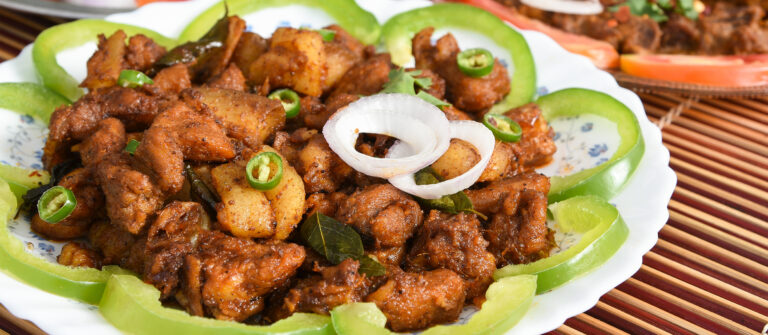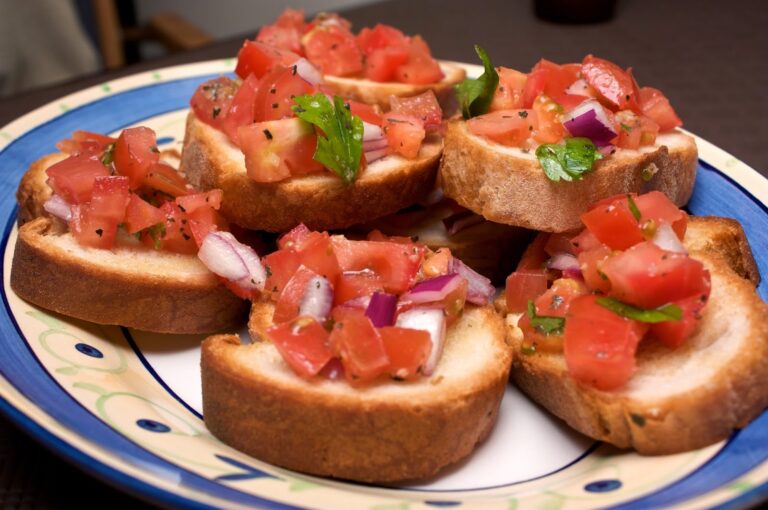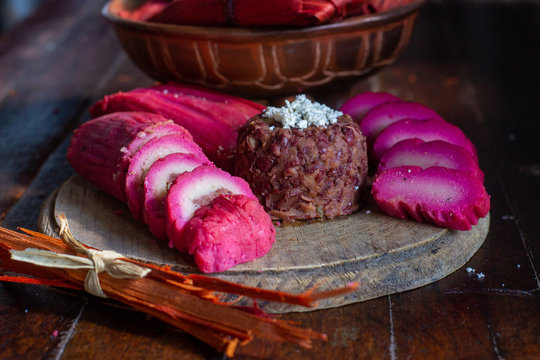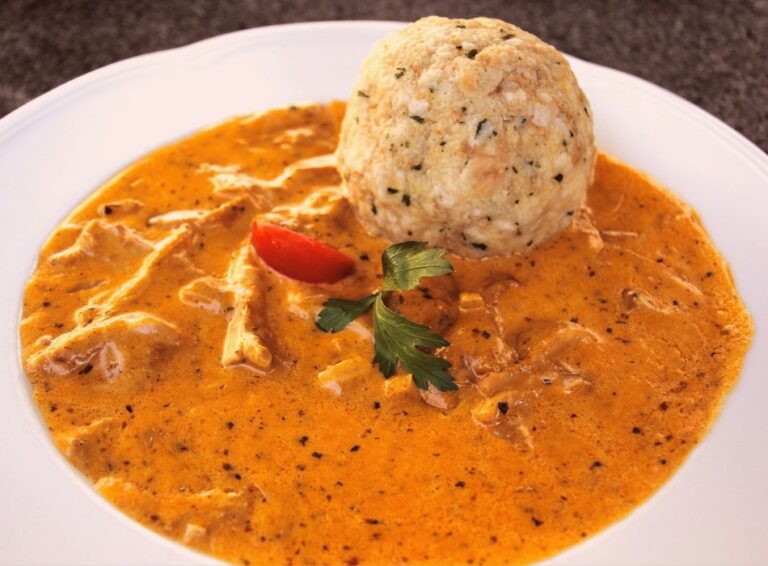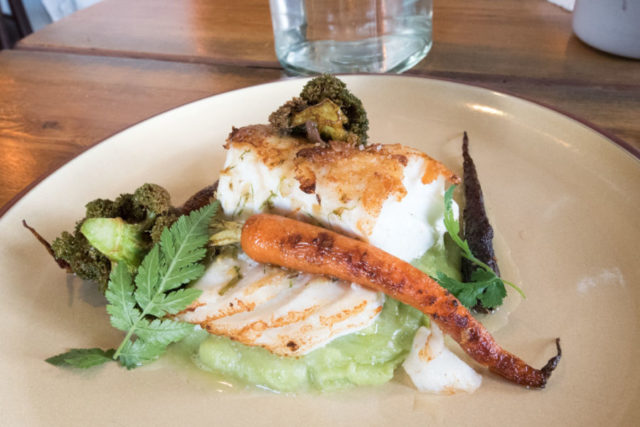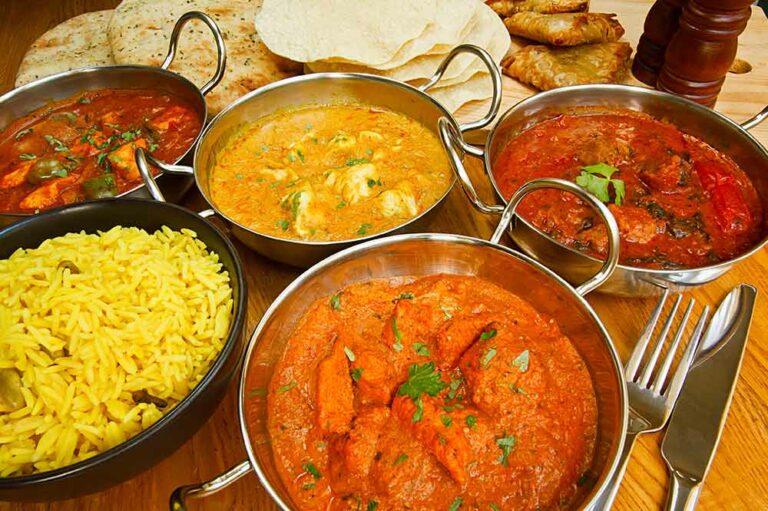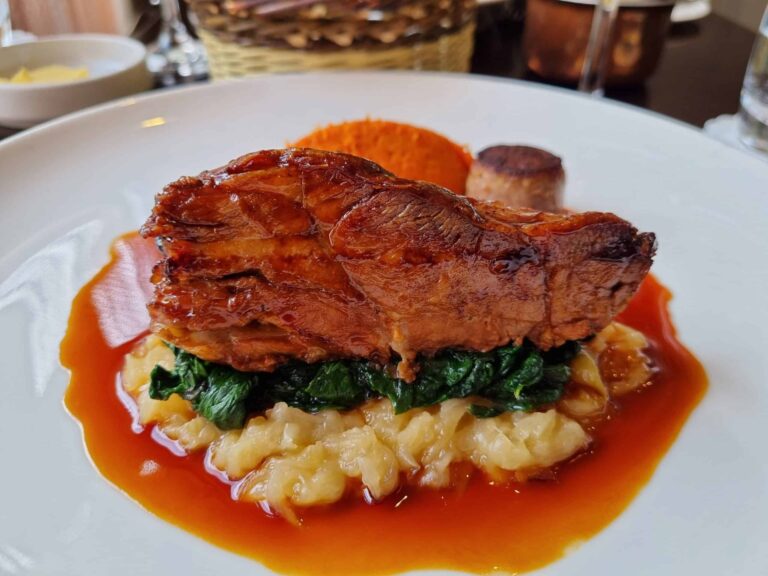Introduction: Exploring Haitian Cuisine
Haitian cuisine is a unique blend of French, African, and Caribbean influences. While many people are familiar with dishes such as griot and rice and beans, there are a variety of lesser-known dishes and ingredients that are just as delicious. Below, we will explore some of these hidden gems in Haitian cuisine.
Tasso: A Spicy Haitian Jerky
Tasso is a spicy Haitian jerky made from beef or goat meat. The meat is marinated in a mixture of garlic, salt, and hot peppers, then smoked until it is dry and chewy. Tasso can be eaten on its own as a snack or added to dishes such as rice and beans or stews for added flavor and texture.
Akasan: A Cornmeal-Based Haitian Drink
Akasan is a popular Haitian drink made from cornmeal, cinnamon, and vanilla. The cornmeal is boiled in water until it thickens, then sweetened with sugar and flavored with cinnamon and vanilla. It can be served hot or cold and is often enjoyed as a breakfast drink or a refreshing beverage on a hot day.
Lambi: A Haitian Delicacy Made From Conch
Lambi is a delicacy in Haitian cuisine made from conch, a type of sea snail. The conch is cleaned and pounded, then cooked in a mixture of onions, peppers, and tomatoes until tender. It can be served as a main dish or added to stews and soups for added flavor and texture.
Diriz Ak Pwa: A Haitian Rice and Bean Dish
Diriz ak pwa is a traditional Haitian dish of rice and beans cooked with onions, peppers, and other seasonings. The rice and beans are cooked together until they are tender and flavorful, and the dish is often served with a side of fried plantains or avocado.
Pikliz: A Fiery Haitian Condiment
Pikliz is a fiery Haitian condiment made from pickled vegetables such as cabbage, carrots, and onions. The vegetables are pickled in a mixture of vinegar, hot peppers, and other seasonings, then left to marinate for several days to develop their flavor. Pikliz is often served as a side dish or condiment to add some heat and tang to dishes such as griot or fried plantains.
In conclusion, Haitian cuisine is a rich and diverse blend of flavors and ingredients. From spicy jerky to pickled vegetables, there are a variety of lesser-known dishes and ingredients that are just waiting to be discovered. Whether you are a seasoned Haitian food lover or just starting to explore this delicious cuisine, be sure to try some of these hidden gems on your next culinary adventure.

